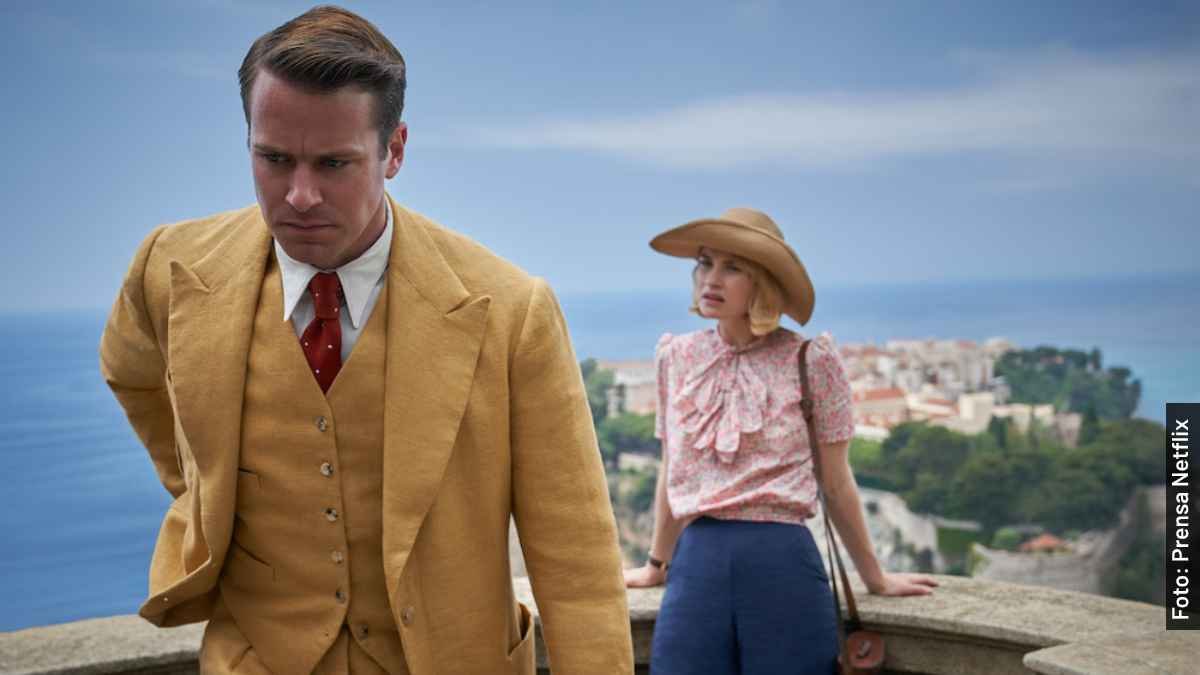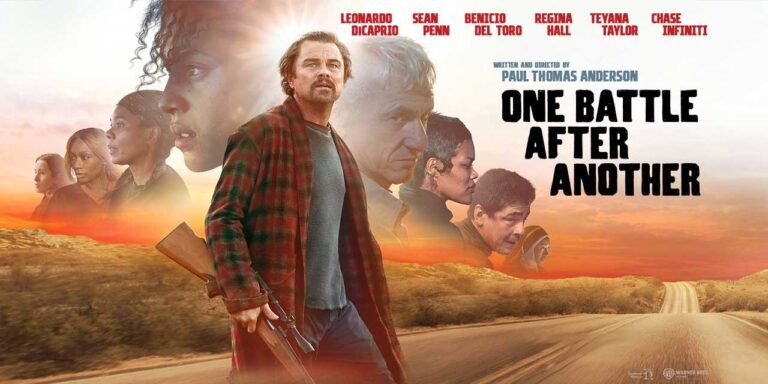
In the ever-evolving landscape of cinema, the decision to remake a classic film is often met with a mix of anticipation and trepidation. The 2020 adaptation of Rebecca, directed by Ben Wheatley, is no exception. As a reimagining of Alfred Hitchcock’s 1940 cinematic masterpiece, based on the novel by Daphne du Maurier, this new version has sparked a lively debate among film enthusiasts and critics alike.
In this in-depth critique, we will delve into the nuances of Wheatley’s interpretation, exploring its strengths, weaknesses, and the challenges of reinterpreting a beloved classic. By examining the film’s narrative, performances, and visual style, we will uncover the essence of what made Hitchcock’s original so iconic, and whether Wheatley’s adaptation has managed to capture the same magic.
The Enduring Appeal of the Original Rebecca
Before we dive into the analysis of the 2020 version, it’s essential to revisit the enduring legacy of Hitchcock’s Rebecca. Released in 1940, the film was a critical and commercial success, earning the Academy Award for Best Picture and cementing Hitchcock’s reputation as a master of suspense and psychological drama.
At the heart of the original Rebecca lies a captivating narrative that explores the complexities of identity, the weight of the past, and the fragility of human relationships. The story follows a young, unnamed woman who marries a wealthy widower, Maxim de Winter, and moves with him to his grand estate, Manderley. However, the specter of Maxim’s first wife, the enigmatic and alluring Rebecca, looms large, casting a shadow over the new bride’s sense of self and her place in Maxim’s life.
Hitchcock’s masterful direction, combined with the haunting performances of Laurence Olivier and Joan Fontaine, created a cinematic experience that has endured for generations. The film’s atmospheric cinematography, moody score, and intricate character development have cemented its status as a timeless classic, influencing countless subsequent works in the genre.
Wheatley’s Interpretation: Hits and Misses
With the legacy of Hitchcock’s Rebecca firmly established, we turn our attention to Ben Wheatley’s 2020 adaptation. Starring Lily James and Armie Hammer in the lead roles, the film set out to reimagine the classic story for a modern audience. However, the critical reception has been decidedly mixed, with many viewers and critics questioning the necessity and execution of this new version.
Narrative Challenges: Staying True to the Source Material
One of the primary challenges faced by Wheatley’s adaptation is the inherent difficulty of reinterpreting a beloved classic. The original Rebecca is a meticulously crafted narrative that delves deep into the psychological complexities of its characters, exploring themes of identity, power, and the lingering influence of the past.
In the 2020 version, Wheatley and his screenwriters, Jane Goldman and Joe Shrapnel, have attempted to streamline the story and modernize certain elements. However, this approach has resulted in a narrative that often feels rushed and lacking the depth and nuance of the original. The film’s pacing can feel uneven, with certain plot points glossed over or underdeveloped, while others are given disproportionate attention.
Additionally, the decision to update the setting from the 1930s to the 1940s, while not a significant change, does little to enhance the relevance or resonance of the story for a contemporary audience. The film’s exploration of themes such as class, gender, and the weight of societal expectations remains largely superficial, failing to fully capture the underlying complexities that made the original so compelling.
Performances: Mismatched Casting and Uneven Characterizations
One of the most divisive aspects of Wheatley’s Rebecca is the casting of the lead roles. While Lily James and Armie Hammer are both talented actors with considerable on-screen charisma, their performances in this film have been met with mixed reviews.
Lily James, known for her roles in period dramas like Downton Abbey and Cinderella, struggles to fully embody the timid, insecure nature of the unnamed protagonist. Her portrayal often feels too confident and assured, lacking the fragility and vulnerability that made Joan Fontaine’s performance in the original so compelling.
Armie Hammer, on the other hand, is well-suited to the brooding, enigmatic presence of Maxim de Winter. However, the chemistry between him and Lily James often falls flat, failing to capture the complex, shifting dynamics that defined the relationship between Maxim and his second wife in the original film.
The real standout performance in Wheatley’s Rebecca comes from Kristin Scott Thomas as the formidable Mrs. Danvers, the housekeeper who remains fiercely loyal to the memory of the first Mrs. de Winter. Scott Thomas’s portrayal of the chilling, manipulative Mrs. Danvers is a highlight of the film, imbuing the character with a haunting intensity that is both captivating and unsettling.
Visual Aesthetics: Capturing the Essence of Manderley
One of the areas where Wheatley’s Rebecca succeeds is in its visual presentation. The film’s production design, cinematography, and costume design all work together to create a sumptuous, atmospheric environment that evokes the grandeur and gothic elegance of Manderley, the de Winter estate.
The sweeping shots of the estate’s sprawling grounds, the imposing presence of the manor house, and the meticulous attention to period-accurate details all contribute to a visually striking cinematic experience. The film’s use of color, light, and shadow effectively captures the brooding, melancholic tone that permeates the original story.
However, the visual splendor of Wheatley’s Rebecca is not without its flaws. At times, the film’s aesthetic can feel overly polished and stylized, lacking the subtle, haunting atmosphere that Hitchcock’s version so masterfully achieved. The sense of unease and foreboding that permeated the original is not always as palpable in this new interpretation, with the visual elements sometimes overshadowing the emotional depth of the narrative.
Revisiting the Classics: The Challenges of Reinterpretation
The decision to remake a classic film is always a risky proposition, as it invites comparisons to the original and raises questions about the necessity and value of the new interpretation. In the case of Wheatley’s Rebecca, the film’s mixed reception highlights the inherent challenges of reinterpreting a beloved work of art.
While the film’s visual splendor and the performances of certain actors, such as Kristin Scott Thomas, are commendable, the overall execution falls short of capturing the essence of the original. The narrative struggles to maintain the depth and psychological complexity that made Hitchcock’s Rebecca so compelling, and the lead performances often fail to fully embody the nuanced character dynamics that were central to the story.
Ultimately, the success of a remake lies in its ability to either enhance the original work or offer a fresh, compelling perspective that justifies its existence. In the case of Wheatley’s Rebecca, the film falls short of this mark, leaving many viewers and critics questioning the necessity of this new adaptation.
Conclusion: Appreciating the Enduring Legacy of Rebecca
As we reflect on Wheatley’s Rebecca and its place in the pantheon of classic film adaptations, it’s clear that the enduring legacy of Hitchcock’s original remains undiminished. The 1940 version of Rebecca continues to captivate audiences with its masterful storytelling, unforgettable performances, and timeless exploration of the human condition.
While Wheatley’s interpretation may not have fully captured the magic of the original, it serves as a reminder of the challenges and complexities inherent in reinterpreting a beloved classic. The film’s mixed reception underscores the importance of respecting the essence of the source material while also offering a fresh, compelling perspective that justifies the existence of a new adaptation.
As film enthusiasts, we are fortunate to have access to both the original Rebecca and Wheatley’s interpretation, allowing us to engage in a rich dialogue about the art of cinematic storytelling, the power of adaptation, and the enduring appeal of classic works of art. By revisiting and appreciating the timeless legacy of Hitchcock’s masterpiece, we can continue to explore the depths of human experience and the enduring power of the silver screen.
Recommended Resources
Visit Geekorn’s YouTube channel for movie reviews and other geek and pop culture topics.
Explore the original 1940 version of “Rebecca” directed by Alfred Hitchcock, available on various streaming platforms.
Dive deeper into the literary roots of the story by reading Daphne du Maurier’s novel “Rebecca.”



